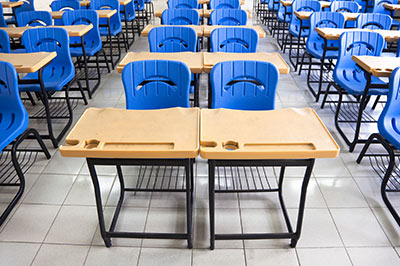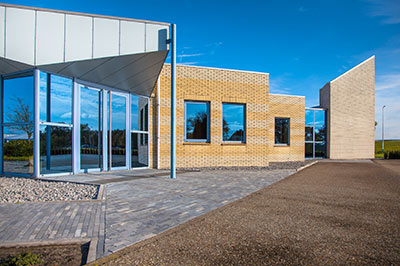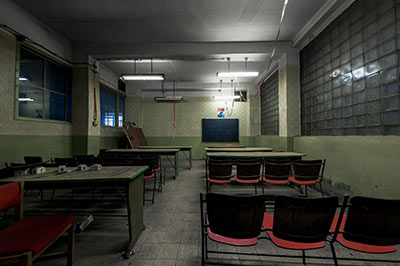Lumpkin, 2013
In Florida, public K-12 students are being educated in two conditions, old and new school buildings, those erected prior to the statewide implementation of the State Uniform Building Code for Public Educational Facilities Construction (UBC) in 2000 and those constructed after.
One research question guided this inquiry. Does the aggregate percentage of fourth, eighth, ninth, and tenth grade students passing the Florida Comprehensive Assessment Test (FCAT) mathematics and reading subtests increase after transitioning from an old school building to a new facility? A causal-comparative research design was used to determine if the academic achievement of students as measured by the mathematics and reading subtests of the FCAT increased after relocating from an old school building to a new 2000 UBC compliant facility. Two preexisting groups were used. The control group was two cohorts of students attending school in old buildings. The experimental group was two cohorts of students attending school in new buildings. The treatment was the transition from an old school building to a new 2000 UBC compliant structure. Results from this study indicated that the mean percent of students passing the FCAT mathematics subtest increased from M = 48.11in the old school buildings to M = 54.67 in the new school buildings. The mean percent of students passing the FCAT reading subtest increased from M = 41.25 in the old school buildings to M = 44.28 in the new school buildings. The evidence from this study suggests that the quality of the school environment is important to student academic achievement.
View Article











